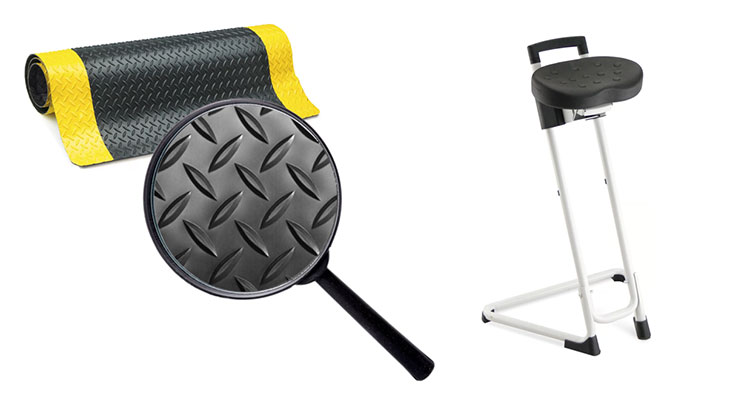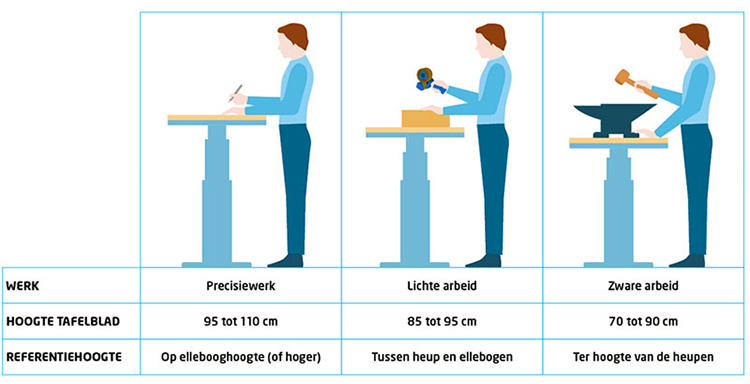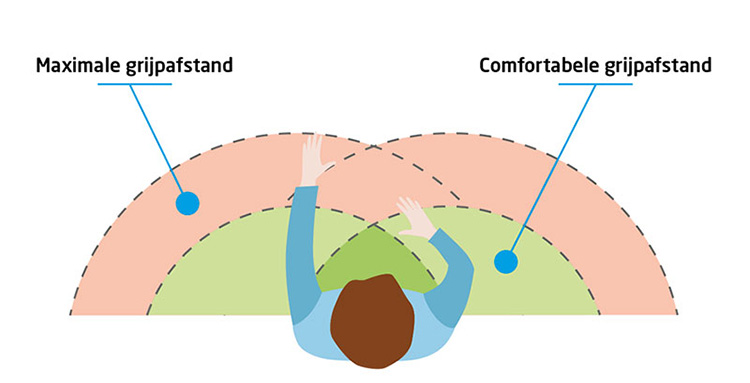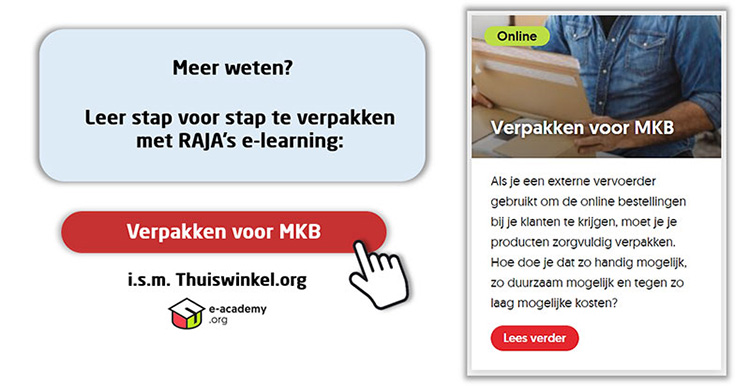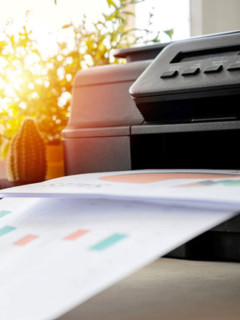A webshop without a packing table is like an… engine without fuel. Whether you are a small-scale start-up or a seasoned international webshop; your packing table is a crucial link in your logistics. Below, we therefore look at three steps on how to set up your packing table intelligently and ergonomically. This will save you time, money and make the work of your packers (even) more pleasant.
► Step 1: What should not be missing from your packing table?
Every webshop is unique and different because of its product range. In many cases, these differences also seep through to the packing table. Equip your packing table with tools and packaging according to your products. The focus may be on extra-large products (or just exceptionally small ones), fragile goods, special sizes, etc. We list the most popular packaging tools below, according to their use:
| Indispensable |
Frequent |
Occasionally |
| – Box, envelope or shipping bag – Tape + dispenser – Shipping labels + printer – Filling material: buffer paper, air cushions or filling chips – Storage trays |
– Protective material: packing paper, bubble wrap or foam – Office adhesive tape – Scissors or cutter – Dustbin – Barcode scanner – Writing material |
– Packaging for exceptional formats (extra flat or long boxes, tubes, etc.) – Staple gun for cardboard – Mini roll of stretch film – Rubber bands – Parcel scale |
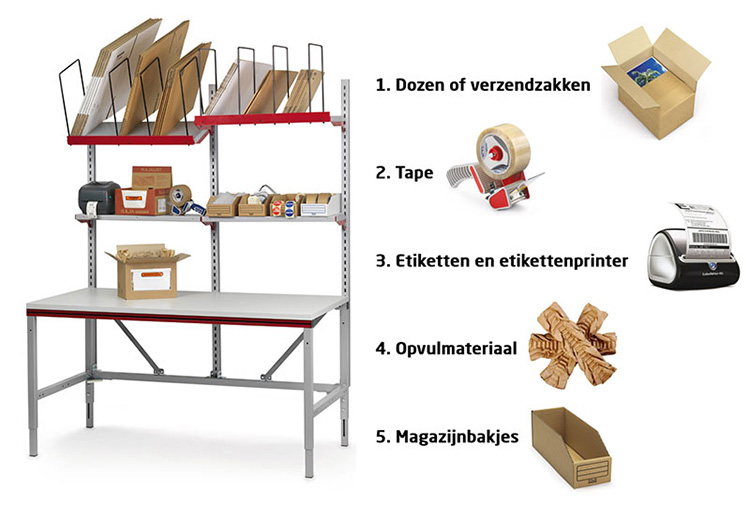
 Tip! Save space at your packing table and limit the number of box formats in stock. For example, choose a box with variable fill height: you can adjust 1 box to 12 heights, allowing you to pack numerous different products with that one box.
Tip! Save space at your packing table and limit the number of box formats in stock. For example, choose a box with variable fill height: you can adjust 1 box to 12 heights, allowing you to pack numerous different products with that one box.
 Tip: Paper, bubble wrap or foam? Choose the right filling and protection material depending on your products. This way you can be sure of the safest possible shipping, without breakage or damage.
Tip: Paper, bubble wrap or foam? Choose the right filling and protection material depending on your products. This way you can be sure of the safest possible shipping, without breakage or damage.
“Packaging for SMEs” (i.c.w. Thuiswinkel.org) ]
► Step 2: How do you set up your packing table?
Once you have determined which tools and packs you need, you can move on to step 2. We’re now going to give each tool its ideal spot at your packing table. The key here is for your packers to work quickly and efficiently. So the most frequently used material should always be within reach. To do this, we divide your table into three zones:
- Zone 1 – Middle: The middle section of your table should provide enough free space for the packing itself. A free and spacious work surface is central here. Within horizontal gripping distance, you then place the items your packer regularly needs. These include tape, a label printer and magazine trays in which to store flyers, stickers, etc. An unwinder bag for protective material (wrapping paper or bubble wrap) is also sure to come in handy here.
- Zone 2 – Upstairs: if you direct your gaze upwards, this is where you will find all the ‘outer packaging’. It’s best to place your (unfolded) boxes, envelopes, shipping bags, etc. here. A bracket rack with divisions makes it easy to separate the different sizes and you can pick them up quickly.
- Zone 3 – Below: it would be a shame not to use the space under your packing table. Here you still have plenty of space for, say, a wide unroller for bubble wrap. Or you place a few boxes of your largest sizes here.
- Extra: do you process a large quantity of parcels per day? Then provide a separate machine along your table for filling material. You can opt for paper cushions or air cushions. And finally: place a waste bin close to your packing table so that packaging waste is not left lying around unnecessarily. Because good riddance!
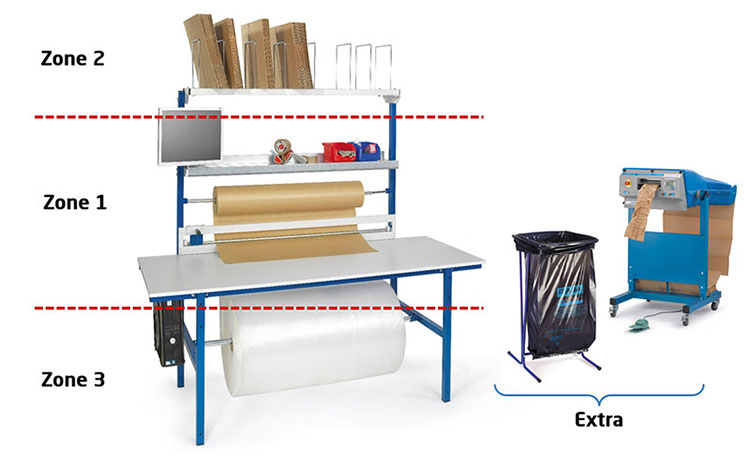
 Tip! A packaging machine does not have to be big and heavy at all. There are also very compact table-top models such as the Geami WrapPak® (for paper) or the AirFirst® (for air cushions).
Tip! A packaging machine does not have to be big and heavy at all. There are also very compact table-top models such as the Geami WrapPak® (for paper) or the AirFirst® (for air cushions).
► Step 3: How to work ergonomically at a packing table?
When putting together and setting up your packing table, it is important to always keep the concept of ‘ergonomics’ in mind. As you probably know, a poorly designed workplace can be a source of musculoskeletal disorders (MSA). Think of a stiff neck, back or leg pain, etc. So in this third step, we will look at the ways in which you adjust your packing table correctly so that it is comfortable for your packer to work on it.
3.1 Correct working height
We start by setting the working height. It’s best to follow the guidelines in the image below when doing this. Packing is generally regarded as ‘light work’, which means that you should set the worktop at a height of about 85 to 95 cm. As a reference height, use the height between your hips and elbows.
3.2 Horizontal gripping distance
The tools you use most often should always be within easy reach. This way, you avoid having to bend and stretch your back, neck and arms too far. In the illustration below, the ‘comfortable grip distance’ is the location of the materials you reach for most often. This corresponds roughly to the distance between your wrist and elbow. You also have the ‘maximum gripping distance’. This corresponds to the distance between your wrist and shoulder (when you extend your arm). This is where you then put the materials you would use less frequently.
3.3 Visualisation
A cheatsheet with packing instructions or a screen with info about the order: they are often a very useful plus for those who want to pack smoothly. So where do you best ‘visualise’ this info? Let’s take the horizon line of your field of vision. At an angle of 40° it is best to visualise the important or frequent info. Within an additional angle of 25° along the top and bottom you can place additional information. That way, your packer doesn’t have to bend his neck unnecessarily and can avoid MSA complaints.
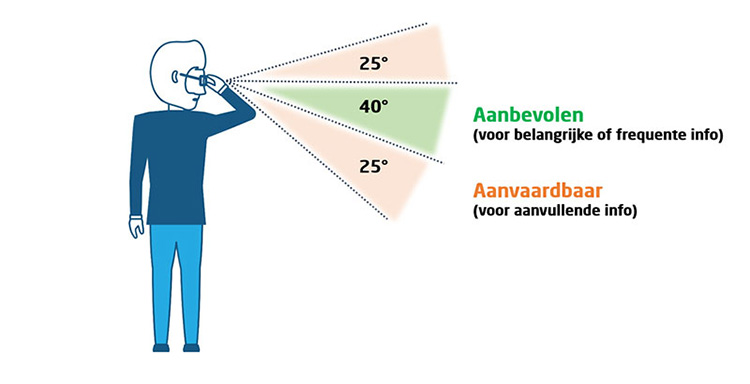
3.4 Keep moving
Taking sufficient walking breaks, alternating between upright and sitting work… these are simple ways to prevent numerous MSA complaints. At a packing table, the standing aid is a useful aid in this respect. It allows you to change your sitting position (upright versus standing) very easily. Moreover, this chair ensures that your packer can always work at the correct height, thus avoiding an overly arching back.
A second aid you should definitely take out is the ‘standing mat‘ (or anti-fatigue mat). This type of mat is ergonomic in that it prevents you from working monotonously while standing. This is because the mats feature a grooved structure with studs. These subtly create an uneven surface that requires your feet and legs to keep moving to balance standing. This stimulates blood flow in your veins which, in turn, can prevent MSA. You see: moving is the message!
